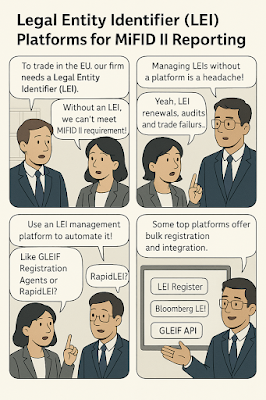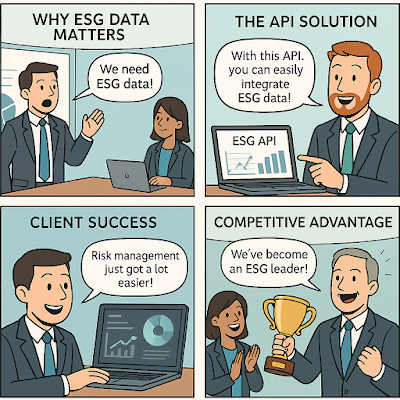How to Structure an ESOP for C-Corps with Foreign Subsidiaries

How to Structure an ESOP for C-Corps with Foreign Subsidiaries Employee Stock Ownership Plans (ESOPs) are powerful tools to align employee incentives with long-term corporate value. But when your company is a U.S.-based C-Corp with foreign subsidiaries, ESOP design becomes more than a compensation plan—it becomes a cross-border legal, tax, and regulatory challenge. This post will walk you through the complexities of setting up a compliant and effective ESOP structure that works globally. 📌 Table of Contents ESOP Basics for C-Corporations Cross-Border Complications Structuring Strategies for Global ESOPs International Tax & Compliance Considerations Why It’s Worth It ESOP Basics for C-Corporations At its core, an ESOP is a retirement plan that invests primarily in the employer’s stock. In C-Corporations, ESOPs can borrow money to buy stock from existing shareholders, offering a tax-advantaged succession strategy. They also allow employees to ...







